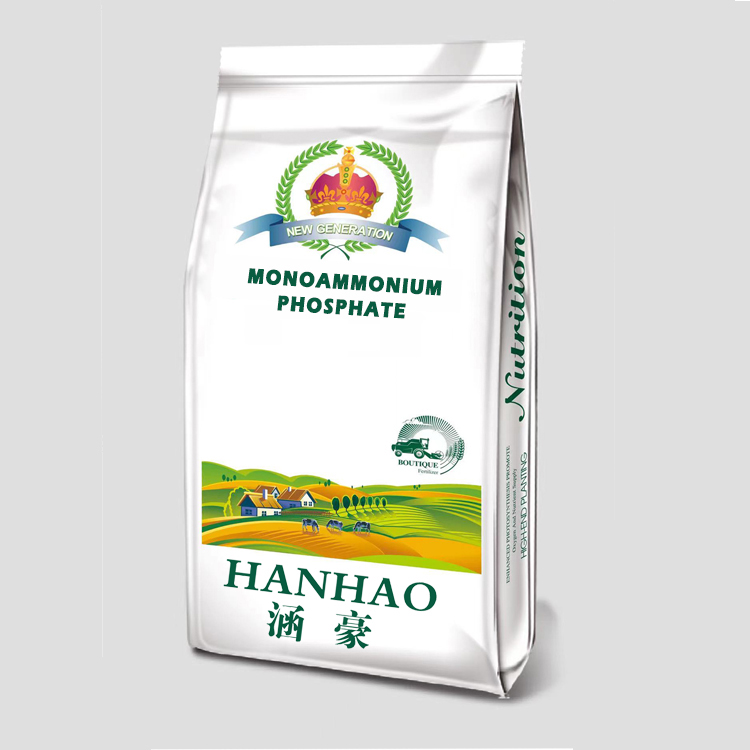
Oct . 16, 2024 17:46 Back to list
Exploring Various Types of Common Nitrogen Fertilizers for Enhanced Crop Growth
Common Nitrogen Fertilizers Enhancing Agricultural Productivity
Nitrogen is an essential nutrient for plant growth, playing a crucial role in various metabolic processes. It is a significant component of amino acids, which are the building blocks of proteins. Moreover, nitrogen is a vital part of nucleic acids, including DNA and RNA, which are crucial for cellular functions and genetic inheritance. Because of its importance, nitrogen is a key ingredient in many fertilizers used in agriculture. This article explores the various forms of common nitrogen fertilizers, their applications, and their impact on agriculture.
One of the most widely used nitrogen fertilizers is urea. With a nitrogen content of approximately 46%, urea is highly concentrated, allowing farmers to apply it in smaller quantities compared to other fertilizers. It is versatile and suitable for a variety of crops, making it a popular choice worldwide. Urea can be applied directly to the soil or used in fertigation systems, where it is dissolved in irrigation water. However, urea is subject to volatilization, especially when applied to the soil surface, leading to nitrogen loss into the atmosphere as ammonia gas. To mitigate this, farmers often incorporate urea into the soil or use urease inhibitors to reduce volatilization.
Another common nitrogen fertilizer is ammonium nitrate, a blend of ammonium and nitrate forms of nitrogen. With a nitrogen content of around 34%, it offers a quick-release source of nitrogen that plants can readily absorb. Ammonium nitrate is highly effective for crops that have a high nitrogen demand and is often used in vegetable and fruit production. However, precautions must be taken when handling this fertilizer, as it can be hazardous under specific conditions, particularly because it can become explosive if mixed with certain substances.
common nitrogen fertilizer

Calcium ammonium nitrate (CAN) is another important nitrogen fertilizer that combines calcium and nitrogen in one product. This fertilizer not only provides nitrogen but also helps to improve soil structure and reduce soil acidity. CAN is particularly beneficial in acidic soils, as it can help increase crop yields while enhancing the overall health of the soil. Its dual action makes it a popular choice among farmers looking for sustainable fertilization solutions.
Additionally, ammonia gas, or anhydrous ammonia, is a highly concentrated form of nitrogen fertilizer, containing around 82% nitrogen. It is typically injected into the soil, where it reacts with moisture to form ammonium, which plants can utilize. Anhydrous ammonia is extremely efficient in terms of nitrogen delivery, but its application requires specialized equipment and careful handling due to its toxicity and potential environmental impact.
In recent years, there has been an increased focus on environmentally friendly practices in agriculture, leading to the development of controlled-release fertilizers. These fertilizers are designed to release nitrogen gradually, reducing the risk of leaching and improving nitrogen use efficiency. By matching nitrogen release with plant demand, these products minimize environmental impacts and promote sustainable agricultural practices.
In conclusion, nitrogen fertilizers are vital tools in modern agriculture, promoting plant growth and enhancing crop yields. Common forms such as urea, ammonium nitrate, calcium ammonium nitrate, and anhydrous ammonia each have their unique benefits and challenges. As the agricultural sector increasingly prioritizes sustainability, the development of innovative fertilizers such as controlled-release products may pave the way for more efficient and environmentally responsible farming practices. As we move forward, the ability to optimize nitrogen use while protecting ecosystems will be paramount in ensuring food security and agricultural sustainability.
-
Premium Organic Manure Compost for Eco Gardens
NewsAug.01,2025
-
Organic 10-10-10 Fertilizer | Balanced Plant Nutrients
NewsJul.31,2025
-
Premium Amino Acid Fertilizer | Rapid Plant Growth Booster
NewsJul.31,2025
-
10 10 10 Fertilizer Organic—Balanced NPK for All Plants
NewsJul.30,2025
-
Premium 10 10 10 Fertilizer Organic for Balanced Plant Growth
NewsJul.29,2025
-
Premium 10 10 10 Fertilizer Organic for Balanced Plant Growth
NewsJul.29,2025
